Cheese is a type of hard feta cheese that has undergone a rapid process of lactic acid fermentation. It’s made from cow's or sheep's milk or a mixture of sheep's milk with skimmed cow. This type of cheese is a dairy product that is produced primarily in the Balkan peninsula. It was originally produced only from sheep's milk.
Cheese from cow's milk has 45 days to mature, and from sheep's or mixed milk - 60 days. Its gustatory properties and durability make sheep cheese vastly superior cheese.
Back in the distant 18th century, the French knew over 839 types. In France, it is a tradition to drink wine with cheese with high fat content. The French, as passionate lovers of cheese, have the least cases of myocardial infarction.
Cheese from cow milk has a more intense yellow color, soft texture with a lower fat content and higher water content. The color of the inside of the cheese should be a smooth, creamy yellow. The consistency of cheese at 15-18 degrees should be snug and elastic. Being hard, brittle and easy to spread is a sign of poor quality cheese. The smell and taste that are sweet, are characteristic of mature cheese, with no side shades.

The technology for production of this product has improved over many centuries. The technology that turns feta cheese and the subsequent scalding with hot water and salting has been known since ancient times, because this process increases its shelf life.
There is a significant difference between this cheese and the sort of cheese popular in Europe. The European cheese is produced with starter cultures, which can be imported after coagulation. Sometimes, they use two types of milk and specific process conditions. Significant difference between this type and yellow cheese is the presence of holes in the cheese. The size of the holes is a criterion for quality in European cheeses, while their presence here would be a sign of non-sanitary norms in production.
Composition of cheese
Cheese has up to 32% fat, 26% protein, 2, 5-3, 5% organic salts. It is composed of vitamins A and C. It is very rich in calcium - micronutrient essential for strengthening bones, and teeth. The greatest value of the product is that proteins that it contains are soluble and nearly completely (98.5%) digestible. 100 g of this cheese contains 208 to 400 calories. Superior nutritional cheese contains about 10% more dry matter, including 5% fat and 3-4% more protein. It has a low water content, which makes it a more durable product.
Today making cheese in large centrifuges using unpasteurized milk kept at -63 ° C is popular. The goal in this process is to reduce the number of harmful bacteria, while maintaining the useful lactic acid organisms. The technology consists of cheese turning sour and subsequent scalding with hot water and salting, and the finished product is finally allowed to mature for 60 days. During maturation, amino acids are formed in the cheese. Ripe cheese is hard and during cutting does not stick to the knife and break.

Selection and storage of cheese
You should not buy cheese that is effervescent, very soft or with a package that has a cloudy liquid. Do not buy cheese whose label has a clearly articulated manufacturer and expiration date which has passed. The cheese should not be eaten if there is a strong unpleasant smell, bitter and sour taste, atypical white color, or if while cutting, small holes appear.
The cheese is stored in the refrigerator container to avoid drying. Hard cheese can be kept fresh up to 10 days, and soft - 2 to 3 days. Experienced chefs recommend the cheese never cut beforehand, they will lose their aroma and taste will harden quickly and it will not be pleasant to eat.

Cheese in cooking
The cheese is one of the most loved products by young and old. Generally, it’s made from milk, but to the joy of strict vegetarians (vegans), there is plant based cheese. The culinary use of cheese is immense - put it in oven meals, salads, even soups. Sandwiches and our favorite pizza would not be the same without cheese. With cheese and other cheeses, you can spice noodles, pasta and prepared sauces for many of them.
Cheese is a great starter, it can be eaten both raw and fried, combined with vegetables. It is a component of many dishes, mostly used for sprinkling and baking food.
Benefits of cheese
100 grams of cheese per day meets the fatty acid needs of an adult. Eating cheese causes salivation, which in turn leads to the secretion of gastric juice. Due to the high content of protein, fat and mineral salts, cheese is very useful food for all ages. Experts recommend eating lactose based products as an assistant under certain conditions such as anemia, in fractures, burns and injuries.
Cheese is a valuable addition to your menu, especially for pregnant and nursing mothers. In this type of cheese, the average fat content is suitable for people with diabetes mellitus, obesity and disorders of the cardiovascular system and liver. Grated cheese is digested more easily because it is a prerequisite for smaller quantities of eaten products.
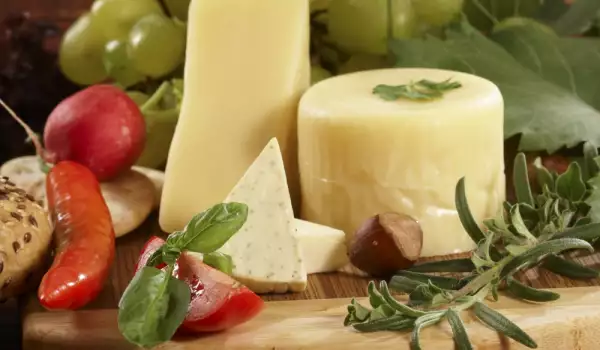



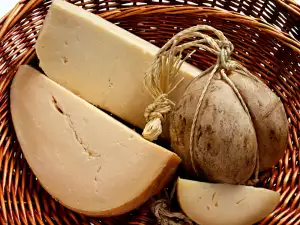

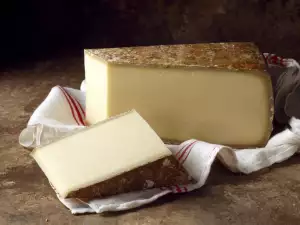
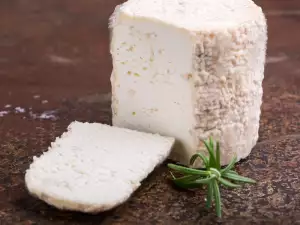
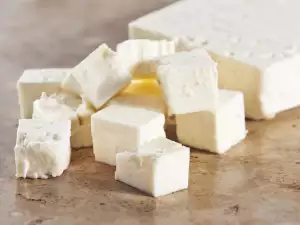
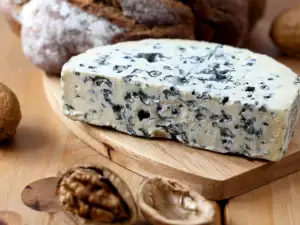

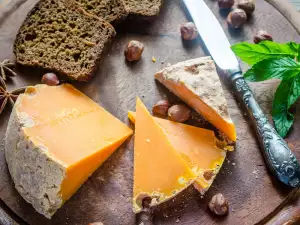

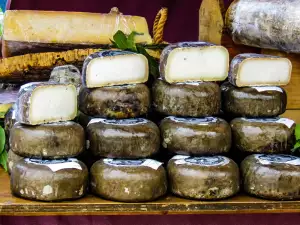






Comments